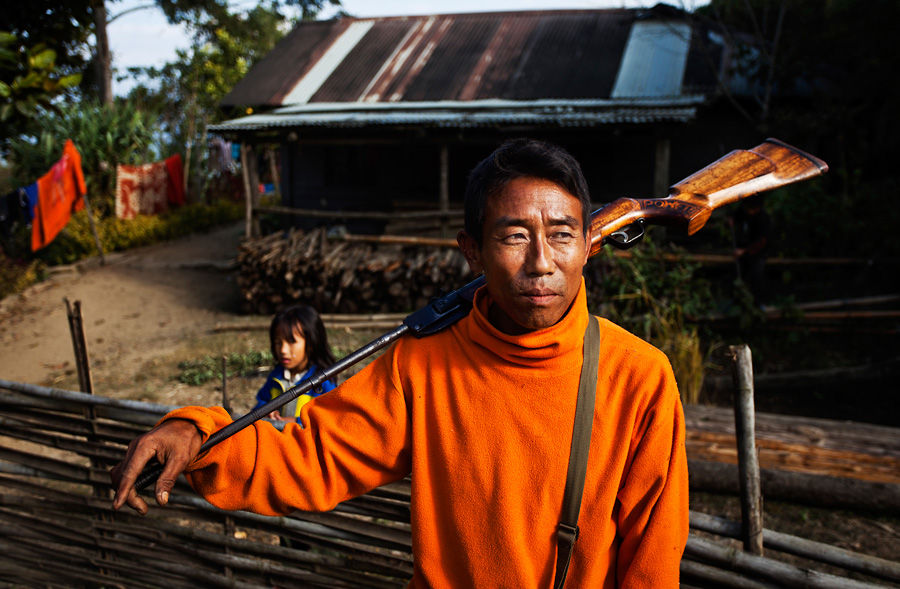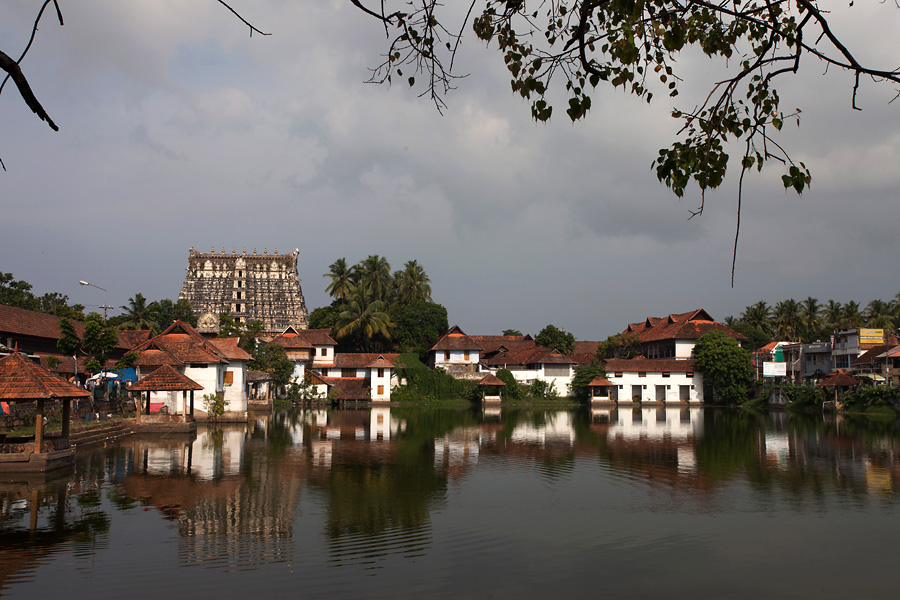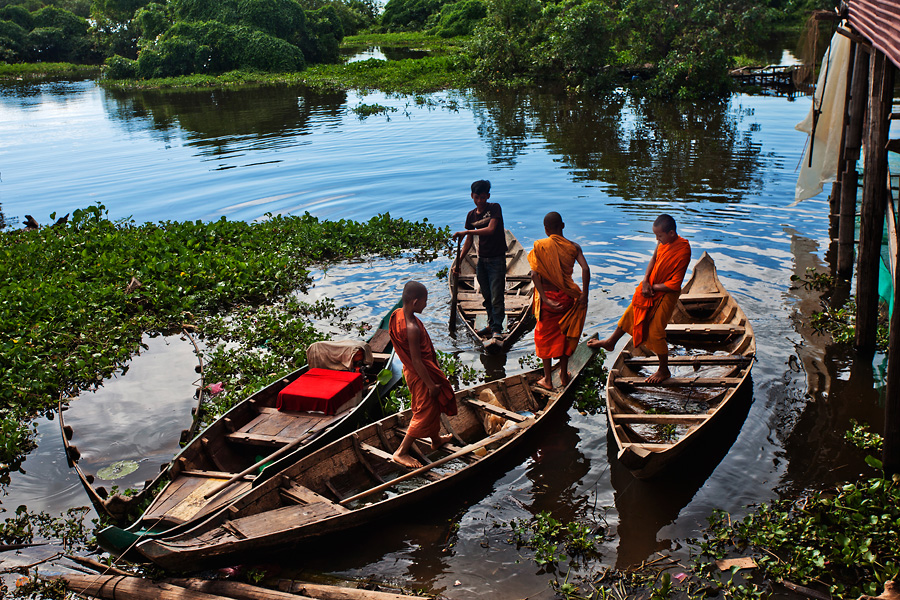I travelled extensively in North-East India last December, exploring many remote and rural locations in Assam, Nagaland and Meghalaya. There were many things common in photographing people across the three states – they were all very friendly, approachable and also very shy. One experience that stood out among all these was a short time we spent in a small village of Rangma Nagas on our way to Kohima.
We were on a long drive from Mokokchung—a small town in the northern part of Nagaland—to Kohima on a pleasant sunny afternoon. We stopped for a short break nearly an hour before reaching Kohima, in a small village inhabited by Rengma Naga people. At the road leading off the main road to the village, we met a man holding a rifle who saw us and stopped by for a conversation. He was out hunting birds, and did not seem to have any catch that day.

A few minutes into our introductions, he invited us into the village and called us home for a cup of tea. It was a pleasant surprise to be invited home by a complete stranger and we were more than glad to tag along. At his small but beautiful dwelling, we were welcome by the lady of the house who quickly got around to lighting the stove and making some black tea. We did not even speak each other’s language, except one of us who spoke a bit of Nagamese and interfaced us.
I was walking in this small village adjoining Tonle Sap Lake, where I made this image.
The village was a long line of houses on either side of a unmetalled road. The road was a raised mud-bank, while the houses were built on stilts to keep the water out during the high season. This place also served as a gateway to several other dwellings that are built fully over water, without road access. These monks were on their way to one such place on Tonle Sap Lake. They were getting in to boat driven by the boatman, but it rook a bit hop,skip and jump over other boats to get there.
A version of this story was published in Vara, the inflight magazine of Maldivian Airline.
I went to Trivandrum with an open mind to discover the city. I saw under the urban masquerade, the essence of what Kerala is known for – long beaches, coconut groves, unlimited Ayurveda and heritage buildings with a touch of history.
Besides the ubiquitous state-sponsored signs that welcome every visitor to the “God’s Own Country,” it would be hard to set Trivandram apart from any other city at its first sight. The signs of a true country of God, however, begins showing up on getting away from the wide arterial roads, when the city reveals itself as a leafy and charming seaside town disguised under the hood of an urban expanse.

Padmanabhaswamy Temple
Trivandrum’s large buildings and busy traffic is limited to the main MG Road that runs through its commercial center. Slip into the smaller streets leading out from here and it morphs into a quiet old place, more like a village where houses with spacious gardens, tall coconut trees and shaded empty roads replace the rush hour of the main street.


